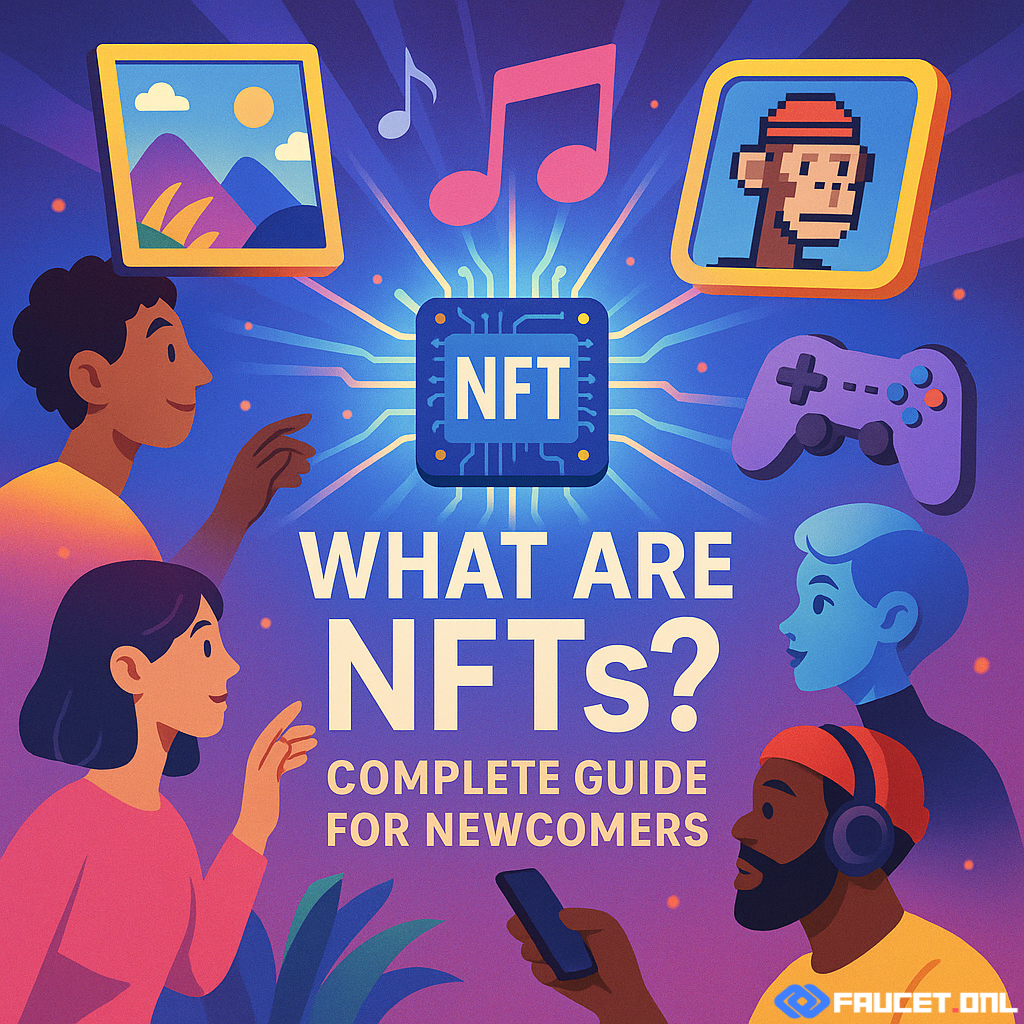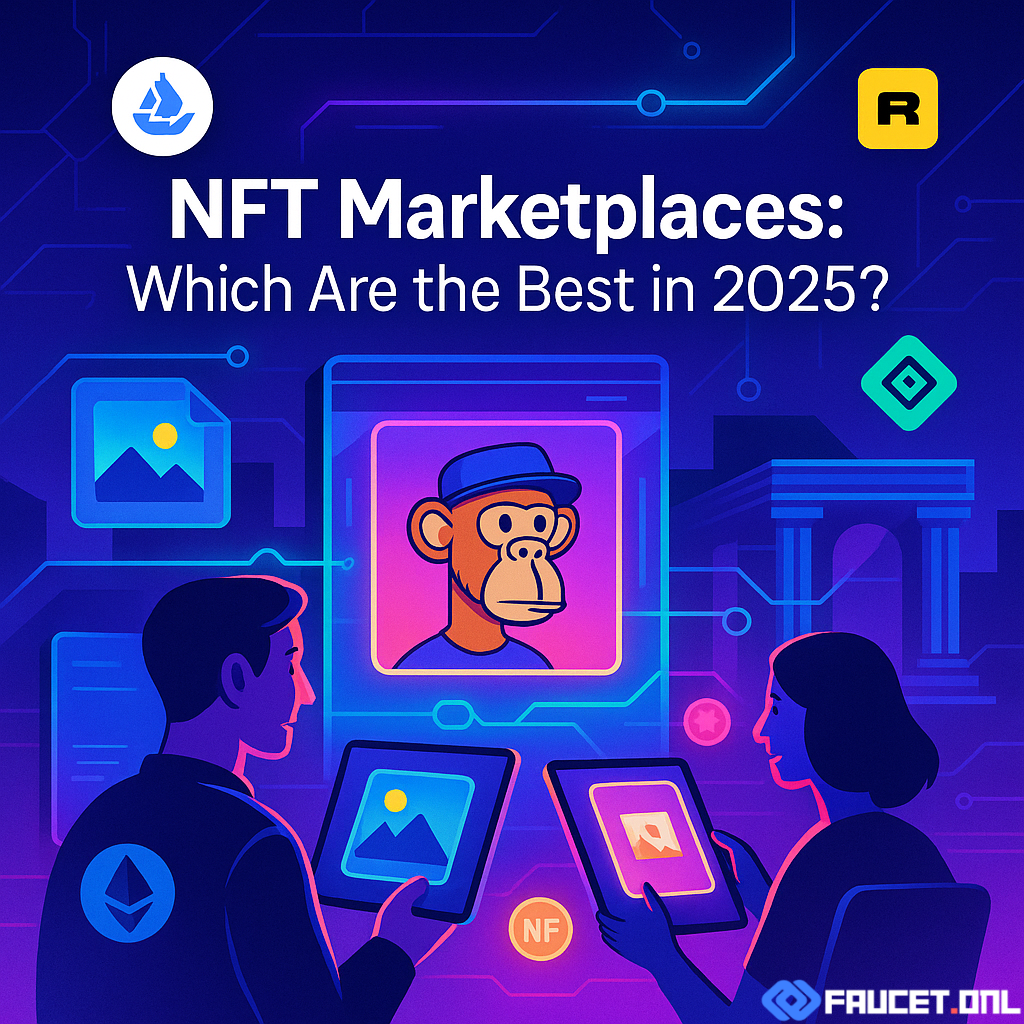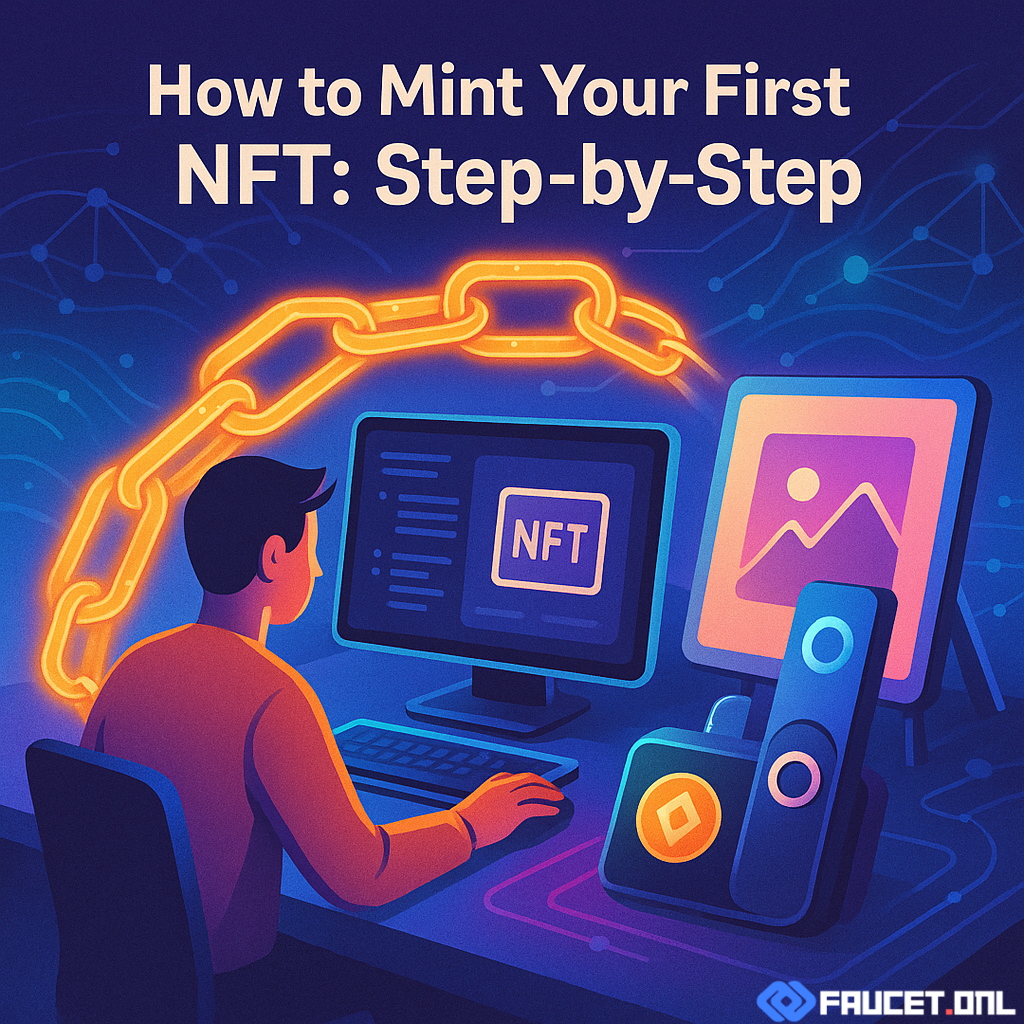Introduction: The Digital Revolution of Ownership
The term “NFT” pops up everywhere these days—from celebrity tweets to global art auctions. But what exactly are NFTs, and why is everyone talking about them? If you’re curious but confused, you’re in the right place. This guide breaks down NFTs in simple terms, providing everything a newcomer needs to explore this creative digital frontier with confidence.
What Are NFTs?
NFT stands for Non-Fungible Token. Unlike cryptocurrencies like Bitcoin or Ethereum, which are interchangeable (fungible), each NFT is unique and cannot be replaced with another. NFTs are digital assets stored on a blockchain, most often Ethereum, that prove ownership and authenticity of a specific item—be it digital art, music, videos, game items, or even tweets. Think of an NFT as a certificate of authenticity for something digital. While you can copy the image or file, only one person owns the “original” NFT, verified by the blockchain.
NFTs are created using smart contracts, which are self-executing code on a blockchain. These smart contracts manage the transfer and uniqueness of each token, making it impossible to counterfeit or duplicate. For artists and creators, NFTs open up new ways to monetize their work and connect directly with buyers, without needing galleries or middlemen.
Getting Started With NFTs
If you’re ready to dive into the world of NFTs, getting started is easier than you might think. Here’s a basic step-by-step:
- Set Up a Crypto Wallet: To buy or create NFTs, you’ll need a digital wallet that supports Ethereum (like MetaMask, Trust Wallet, or Coinbase Wallet). This wallet will store your NFTs and allow you to transact on NFT marketplaces.
- Buy Some Ethereum: Most NFT platforms use Ethereum for purchases. You can buy ETH from exchanges like Coinbase or Binance, then transfer it to your wallet.
- Choose an NFT Marketplace: There are several platforms where you can buy, sell, or mint NFTs. Popular options include OpenSea, Rarible, and Foundation. Each has its own focus and fee structure.
- Explore and Purchase: Browse NFT collections, check creator profiles, and read up on rarity and provenance before buying. When you find something you like, connect your wallet, make an offer, or pay the asking price.
- Minting Your Own NFT: If you’re a creator, most marketplaces allow you to “mint” your own NFTs. Upload your file, add details, set royalties, and create your NFT directly on the platform.
Remember, every transaction on the blockchain involves “gas fees,” which can fluctuate based on network activity. Always double-check transaction costs and be aware of potential scams or phishing sites.
Market Insights: Where Are NFTs Being Used?
NFTs are rapidly expanding beyond digital art. Here are some major areas where NFTs are making an impact:
- Art and Collectibles: Digital artists are selling works for millions, and collectibles like CryptoPunks or Bored Ape Yacht Club have become cultural phenomena.
- Gaming: NFTs are used as in-game assets (characters, weapons, skins) that players truly own and can trade or sell.
- Music and Entertainment: Musicians release exclusive tracks and experiences as NFTs, creating new revenue streams and fan engagement models.
- Virtual Real Estate: Platforms like Decentraland and The Sandbox let users buy, sell, and build on digital land, secured as NFTs.
- Identity and Membership: Some projects use NFTs as membership passes or digital IDs, unlocking exclusive content or communities.
The NFT market is highly dynamic, with trends shifting quickly. While some projects achieve massive value, others can fade fast—so always research before jumping in.
Risks to Avoid
NFTs are exciting, but newcomers should be aware of the risks:
- Market Volatility: NFT prices can be highly volatile. Many buyers experience “FOMO” (fear of missing out), but prices can plummet as quickly as they rise.
- Scams and Fake NFTs: Not every NFT is legit. Watch out for fake collections, phishing sites, and impersonators. Always verify artists and use official links.
- Copyright and Ownership Issues: Owning an NFT doesn’t always grant copyright to the underlying work. Read the terms before buying or selling.
- Environmental Concerns: Blockchain transactions, especially on Ethereum, can be energy-intensive. Some platforms are moving to eco-friendly solutions, but it’s worth considering.
- Lack of Regulation: The NFT space is still young and largely unregulated. There’s limited recourse if you get scammed or a project fails.
Always do your own research (DYOR), use secure wallets, and never share your private keys or seed phrases.
Future Trends: Where Are NFTs Headed?
The NFT ecosystem is constantly evolving, with new use cases and innovations emerging rapidly:
- Interoperability: Future NFTs may be usable across different games, platforms, or even blockchains, unlocking new forms of digital utility.
- Real-World Assets: NFTs could represent real estate, event tickets, or even identity documents, bridging the gap between the digital and physical worlds.
- Fractional Ownership: Platforms are exploring ways to let users own a fraction of high-value NFTs, making blue-chip collectibles more accessible.
- Improved Environmental Impact: As Ethereum and other blockchains adopt greener consensus mechanisms, NFTs could become more sustainable.
- Enhanced Creator Rights: Royalties and programmable ownership mean creators can earn from secondary sales automatically, changing how artists and musicians get paid.
NFTs are more than a trend—they’re reshaping digital ownership and creativity. The technology is still in its early days, so staying informed and cautious is key.
Conclusion: The NFT Journey Begins
NFTs offer newcomers a doorway into a vibrant, creative, and sometimes risky digital universe. Whether you’re looking to collect, create, or simply explore, understanding the basics is essential. Start small, stay curious, and always keep security in mind. As the NFT space matures, it will open up new ways to connect, own, and innovate in the digital world. Your NFT journey starts now—enjoy the ride!



